Nuclear power is considered one of the ways to reduce dependence on fossil fuels, but how to deal with nuclear waste products is among the issues surrounding it.
Tag: Fossil Fuels
Big oil companies continue to expand fossil fuel extraction worldwide
Despite the growing social and political discourse in favor of energy transition and the greening of the industry, big oil companies continue to rely almost exclusively on fossil fuels to perpetuate their function of obtaining and concentrating energy.
Sylvester Researcher, Collaborators Explain How Petrochemicals Fuel Cancer Risks
A researcher with Sylvester Comprehensive Cancer Center at the University of Miami Miller School of Medicine and collaborators have penned a commentary highlighting how petrochemicals are a major contributor to cancer risks, resulting in a profoundly negative impact on overall health.
The biggest barrier to getting fossil fuel workers green jobs isn’t skills — it’s location
Between the Inflation Reduction Act and the EU’s Just Transition Mechanism, both the United States and Europe are poised to put tens of billions of dollars toward creating green jobs.
Affordable and available technologies can curb rising nitrous oxide emissions
Researchers from IIASA and the University of Maryland have found that nitrous oxide, a potent greenhouse gas and stratospheric ozone-depleting substance, could be readily abated with existing technology applied to industrial sources.
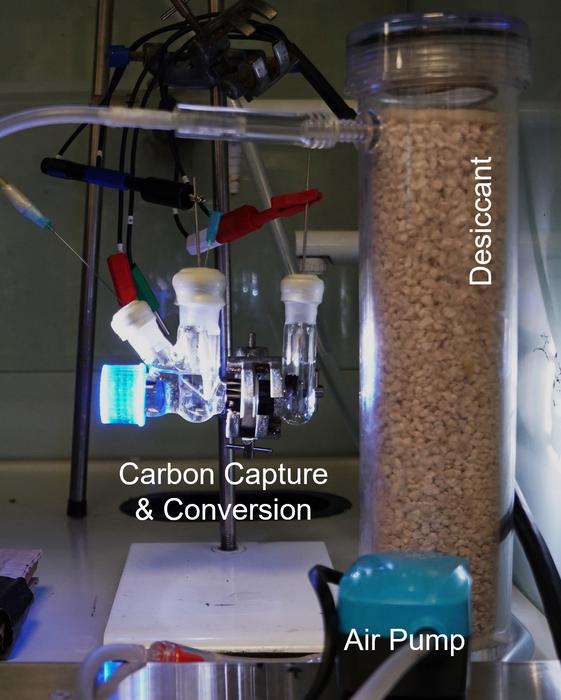
Clean, sustainable fuels made ‘from thin air’ and plastic waste
Researchers have demonstrated how carbon dioxide can be captured from industrial processes – or even directly from the air – and transformed into clean, sustainable fuels using just the energy from the Sun.
Opening a new frontier: PdMo intermetallic catalyst for promoting CO2 utilization
Being the most abundant and persistent greenhouse gas emitted, carbon dioxide (CO2) is the key driver of climate change.
MSU discovery advances biofuel crop that could curb dependence on fossil fuel
Michigan State University researchers have solved a puzzle that could help switchgrass realize its full potential as a low-cost, sustainable biofuel crop and curb our dependence on fossil fuels.
‘Green’ energy patents more focused on ‘clean’ conventional energy instead of renewables
A new study by world leaders in patent data has revealed some unusual trends in energy tech R&D, questioning whether companies are more committed to extracting fossil fuels or in pursuing genuinely ‘green’, renewable energy technologies.
New study puts a number on what ‘Exxon knew’ decades ago about climate science
Climate projections reported by ExxonMobil scientists between 1977 and 2003 were accurate and skillful in predicting subsequent global warming and contradicted the company’s public claims, a new Harvard study shows.
Media Tip: Scientists enhance recyclability of post-consumer plastic
Scientists at the U.S. Department of Energy’s (DOE) Institute for Cooperative Upcycling of Plastics (iCOUP) have developed a new method for recycling high-density polyethylene (HDPE).
Tulane nuclear physicist explains massive potential of fusion breakthrough
A Tulane University scientist said today’s announcement by the U.S. Department of Energy of a major fusion energy breakthrough has the potential to change the world but cautioned that the technology is many years — and experiments — away. Energy…
Itchy Eyes and a Runny Nose? It Could Be Climate Change
Researchers with the Rutgers Environmental and Occupational Health Sciences Institute have simulated how climate change will affect the distribution of two leading allergens – oak and ragweed pollens – across the contiguous United States. The results, published in the journal Frontiers in Allergy, may make your eyes water.
MSU researchers create method for breaking down plant materials for earth-friendly energy
With energy costs rising, and the rapidly emerging effects of burning fossil fuels on the global climate, the need has never been greater for researchers to find paths to products and fuels that are truly renewable.
Designing Microbe Factories for Sustainable Chemicals
Scientists have devised a way to engineer yeast to produce sustainable, eco-friendly commodity chemicals using computing power as a guide.
Stinkweed could make a cleaner bio-jet fuel, study finds
A common farm weed could make a “greener” jet fuel with fewer production-related environmental impacts than other biofuels, a new study indicates.
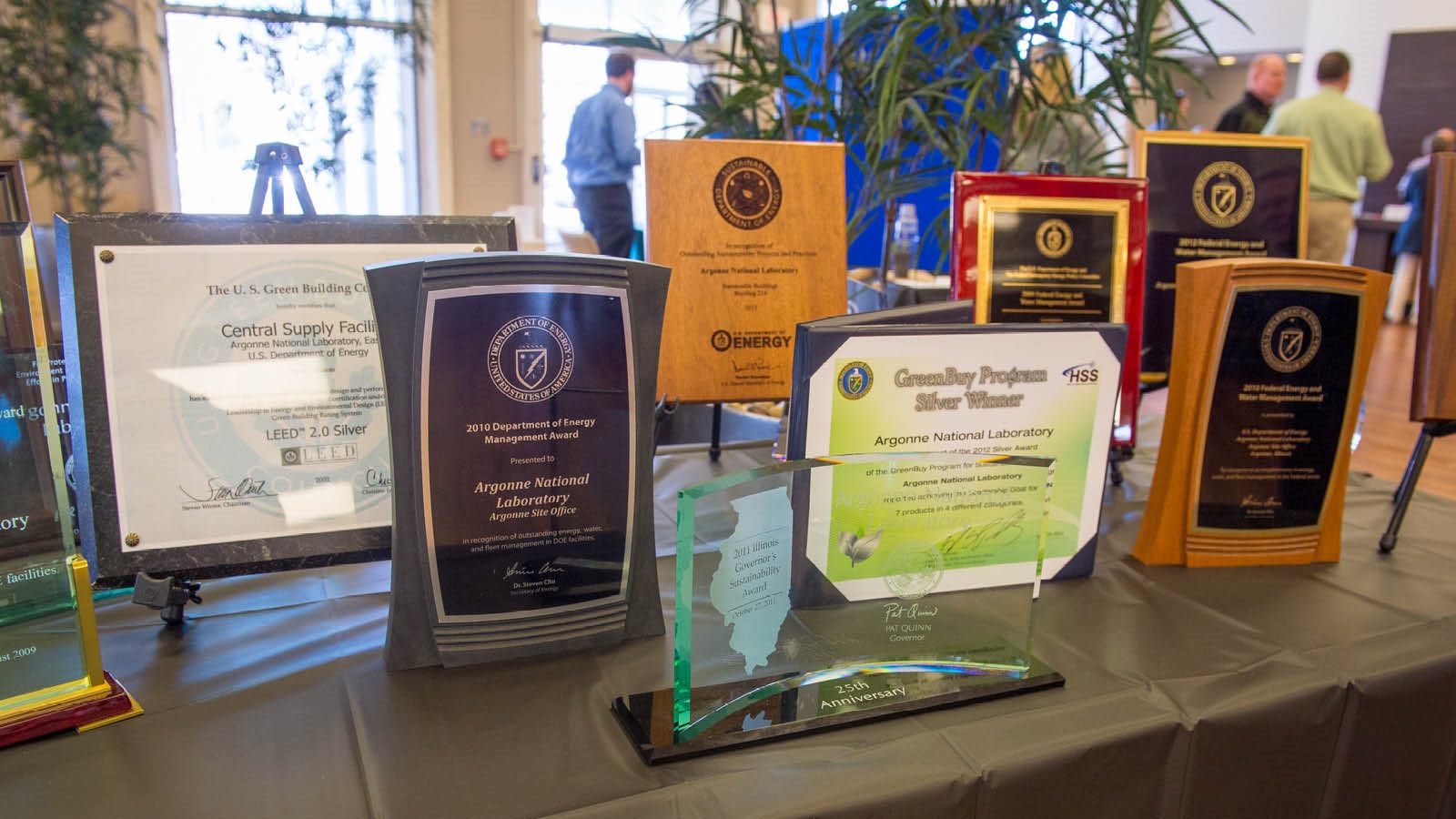
Argonne’s Wang and Streets named highly influential climate scientists
Michael Wang and David Streets, both of the U.S. Department of Energy’s Argonne National Laboratory, were named to Reuters’ “Hot List” of today’s 1,000 most influential climate scientists. Both are in Argonne’s Energy and Global Security-Energy Systems (EGS-ES) division.
COVID-19 pandemic drives down U.S. energy use in 2020
Americans used approximately 7 percent less energy in 2020, due in part to the COVID-19 pandemic, according to energy flow charts released by Lawrence Livermore National Laboratory (LLNL).
Rutgers Legal Expert Available to Discuss Environmental, Climate Change Priorities
New Brunswick, N.J. (Jan. 21, 2021) – Rutgers University Professor Cymie R. Payne, an expert on United States and international environmental laws, is available for interviews on how the administration of President Biden can strengthen laws and regulations and efforts to…
Carbon pricing could prompt greener, smarter post-COVID recovery
As economies “build back better”, it may be an opportune time to introduce carbon pricing to tackle climate change while generating socioeconomic benefits.
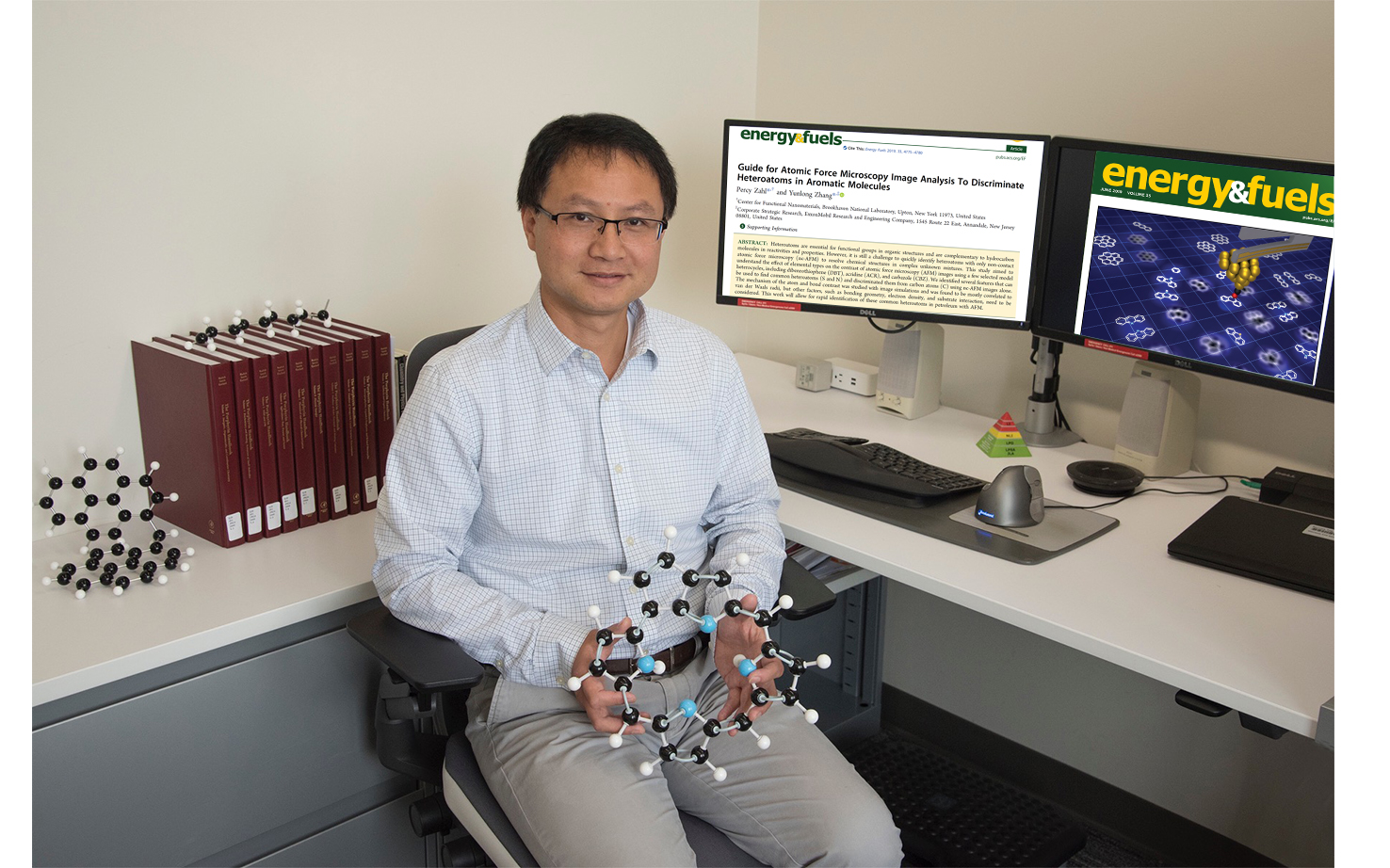
Decoding the Structure of Petroleum with Yunlong Zhang
ExxonMobil chemist and user of Brookhaven Lab’s Center for Functional Nanomaterials (CFN) Yunlong Zhang is characterizing molecules in petroleum with high-resolution atomic force microscopy.

Most Nations Failing to Protect Nature in COVID-19 Pandemic Recovery Plans
The COVID-19 pandemic provides an opportunity to reset the global economy and reverse decades of ecosystem and species losses, but most countries are failing to invest in nature-related economic reforms or investments, according to a Rutgers-led paper.
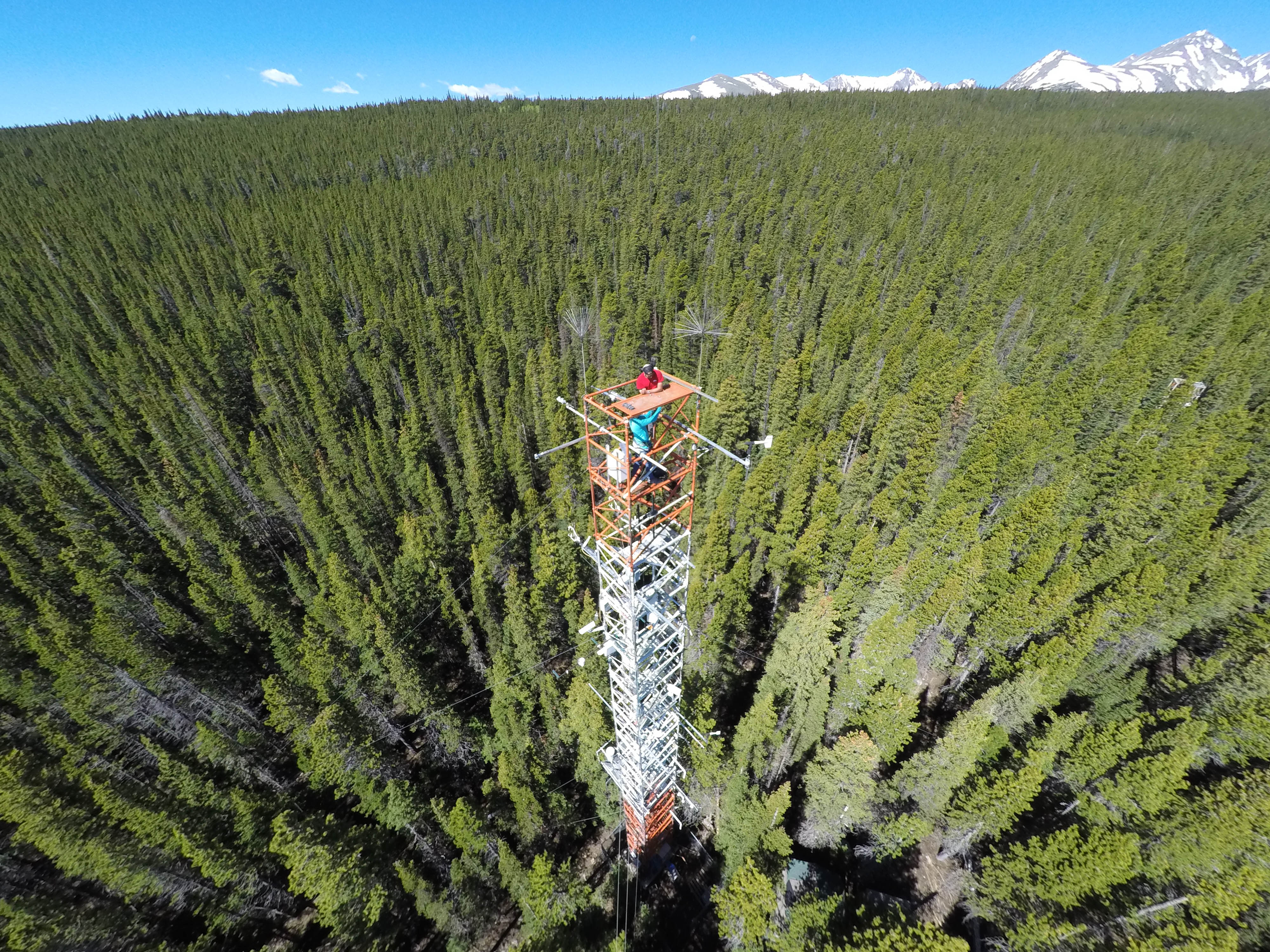
How to Get a Handle on Carbon Dioxide Uptake by Plants
How much carbon dioxide, a pivotal greenhouse gas behind global warming, is absorbed by plants on land? It’s a deceptively complicated question, so a Rutgers-led group of scientists recommends combining two cutting-edge tools to help answer the crucial climate change-related question.
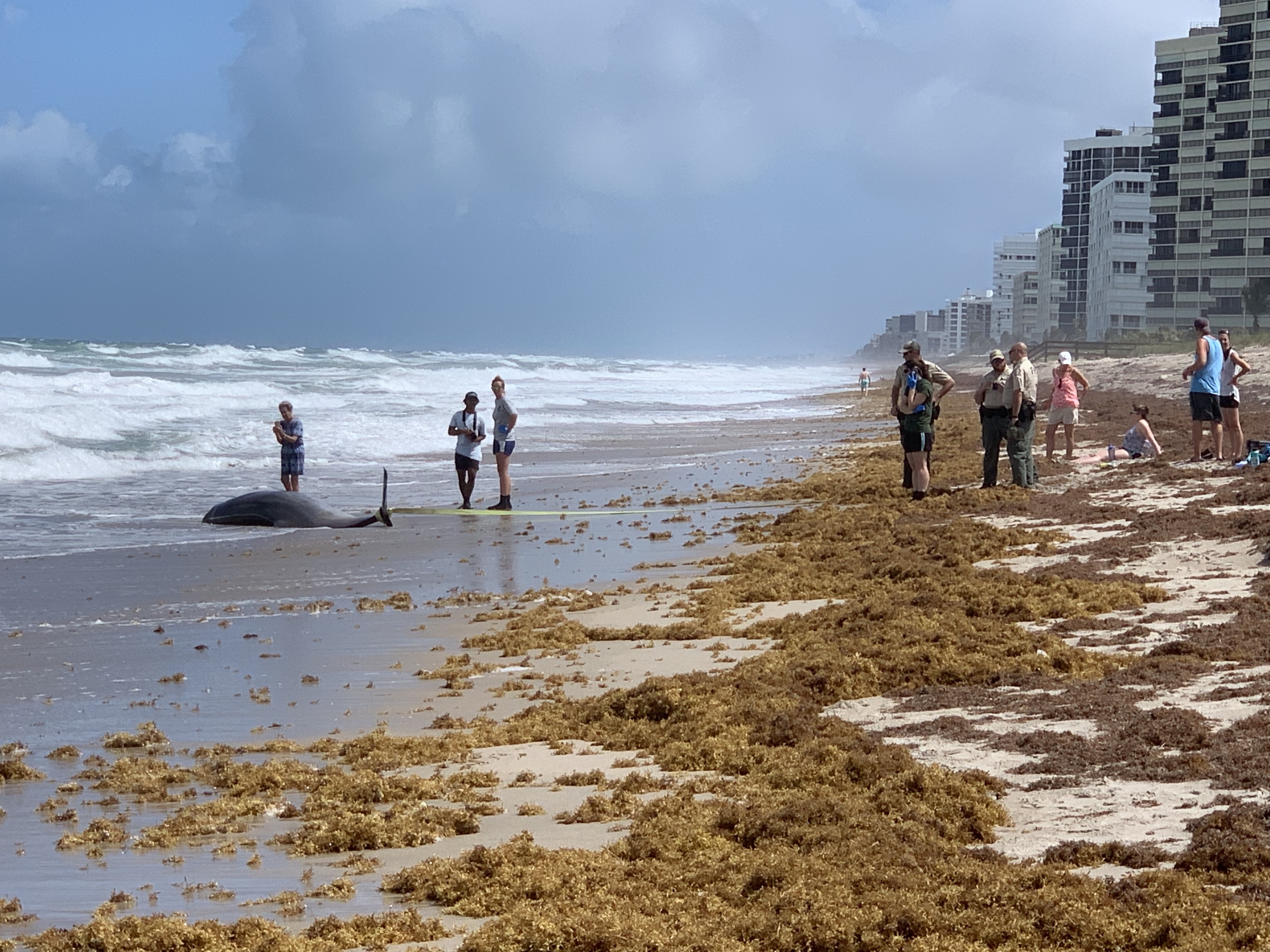
Study Finds High Levels of Toxic Pollutants in Stranded Dolphins and Whales
Researchers examined toxins in tissue concentrations and pathology data from 83 stranded dolphins and whales from 2012 to 2018. They looked at 11 different animal species to test for 17 different substances. The study is the first to report on concentrations in blubber tissues of stranded cetaceans of atrazine, DEP, NPE and triclosan. It also is the first to report concentrations of toxicants in a white-beaked dolphin and in Gervais’ beaked whales.
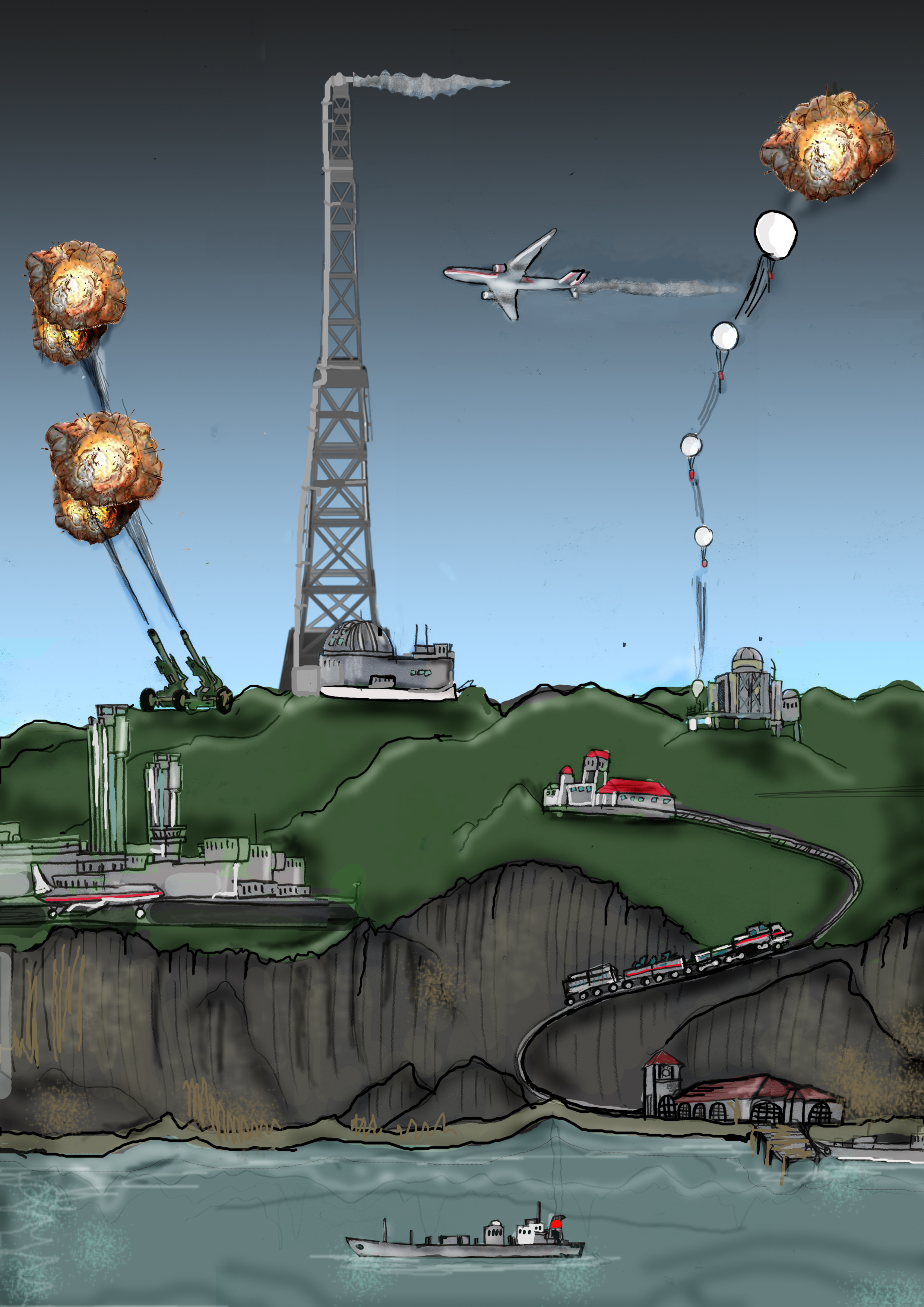
Geoengineering is Just a Partial Solution to Fight Climate Change
Could we create massive sulfuric acid clouds that limit global warming and help meet the 2015 Paris international climate goals, while reducing unintended impacts? Yes, in theory, according to a Rutgers co-authored study in the journal Earth System Dynamics. Spraying sulfur dioxide into the upper atmosphere at different locations, to form sulfuric acid clouds that block some solar radiation, could be adjusted every year to keep global warming at levels set in the Paris goals. Such technology is known as geoengineering or climate intervention.

Geoengineering’s Benefits Limited for Apple Crops in India
Geoengineering – spraying sulfur dioxide into the atmosphere to combat global warming – would only temporarily and partially benefit apple production in northern India, according to a Rutgers co-authored study. But abruptly ending geoengineering might lead to total crop failure faster than if geoengineering were not done, according to the study – believed to be the first of its kind – in the journal Climatic Change.
Supercomputer Simulations Help Advance Electrochemical Reaction Research
University of Texas at Austin researchers recently simulated the catalytic mechanism and atomic structure of nickel-doped graphene using Comet at the San Diego Supercomputer Center (SDSC) and Stampede2 at the Texas Advanced Computing Center. The simulations showed how the catalyst converts carbon dioxide into carbon monoxide, an important feedstock for chemical engineering.
Rutgers Experts Can Discuss Emissions, Climate Change During COVID-19 Crisis
New Brunswick, N.J. (April 13, 2020) – Rutgers University–New Brunswick experts are available for interviews on the impacts of the COVID-19 pandemic on greenhouse gas emissions, climate change and efforts to promote a greener economy and lifestyles. “During the 2007…
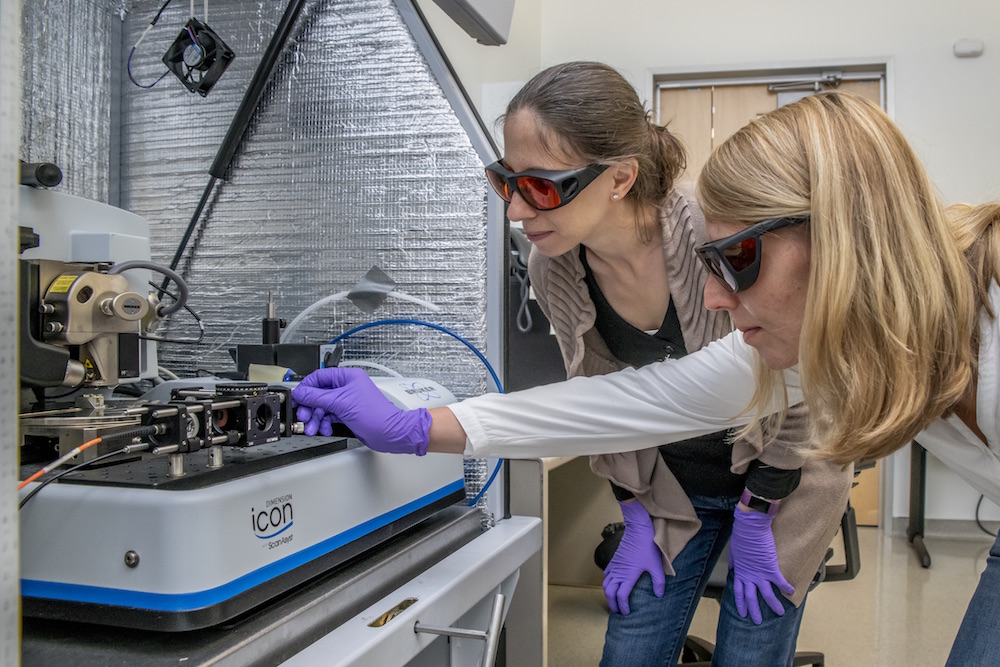
How JCAP Is Making Solar Fuels Shine
As we look back at a decade of discovery, we highlight 10 achievements by scientists at Berkeley Lab and the Joint Center for Artificial Photosynthesis that bring us closer to a solar fuels future.

Global Cooling After Nuclear War Would Harm Ocean Life
A nuclear war that cooled Earth could worsen the impact of ocean acidification on corals, clams, oysters and other marine life with shells or skeletons, according to the first study of its kind.
Rutgers Expert Available to Discuss Doomsday Clock and Nuclear and Climate Threats
New Brunswick, N.J. (Jan. 23, 2020) – Rutgers University–New Brunswick Professor Alan Robock, an expert on nuclear winter, climate change and geoengineering, is available to discuss the Doomsday Clock moving to within 100 seconds of midnight today. “Humanity continues to face two…
Efforts to improve vehicle fuel efficiency may come at a high cost to the climate, public health
New automotive technology that promises enhanced fuel efficiency may have a serious downside, including significant climate and public health impacts, according to research from the University of Georgia College of Engineering.
Rutgers Expert Available to Discuss Climate Change Impacts on Land, Wildfires and Solutions
New Brunswick, N.J. (Jan. 15, 2020) – Rutgers University–New Brunswick Professor Pamela McElwee is available for interviews on climate change impacts on land, including increasing wildfires such as in Australia and California, and solutions. She is scheduled to testify before…
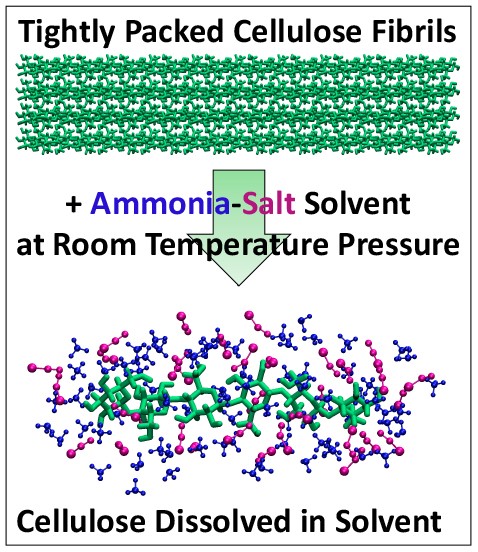
How to Make it Easier to Turn Plant Waste into Biofuels
Researchers have developed a new process that could make it much cheaper to produce biofuels such as ethanol from plant waste and reduce reliance on fossil fuels. Their approach, featuring an ammonia-salt based solvent that rapidly turns plant fibers into sugars needed to make ethanol, works well at close to room temperature, unlike conventional processes, according to a Rutgers-led study in the journal Green Chemistry.
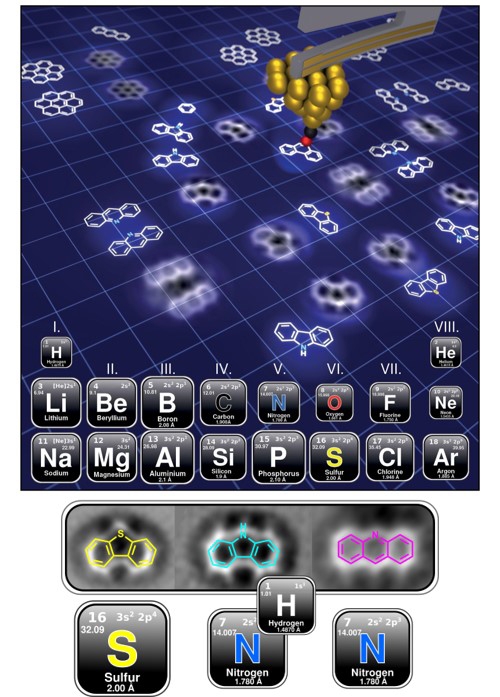
Looking at Atoms in Molecules to Make Cleaner Fuels from Petroleum
CFN staff and users from ExxonMobil have developed a new approach to identifying atoms that are neither carbon nor hydrogen within a specific type of molecule in crude oil.